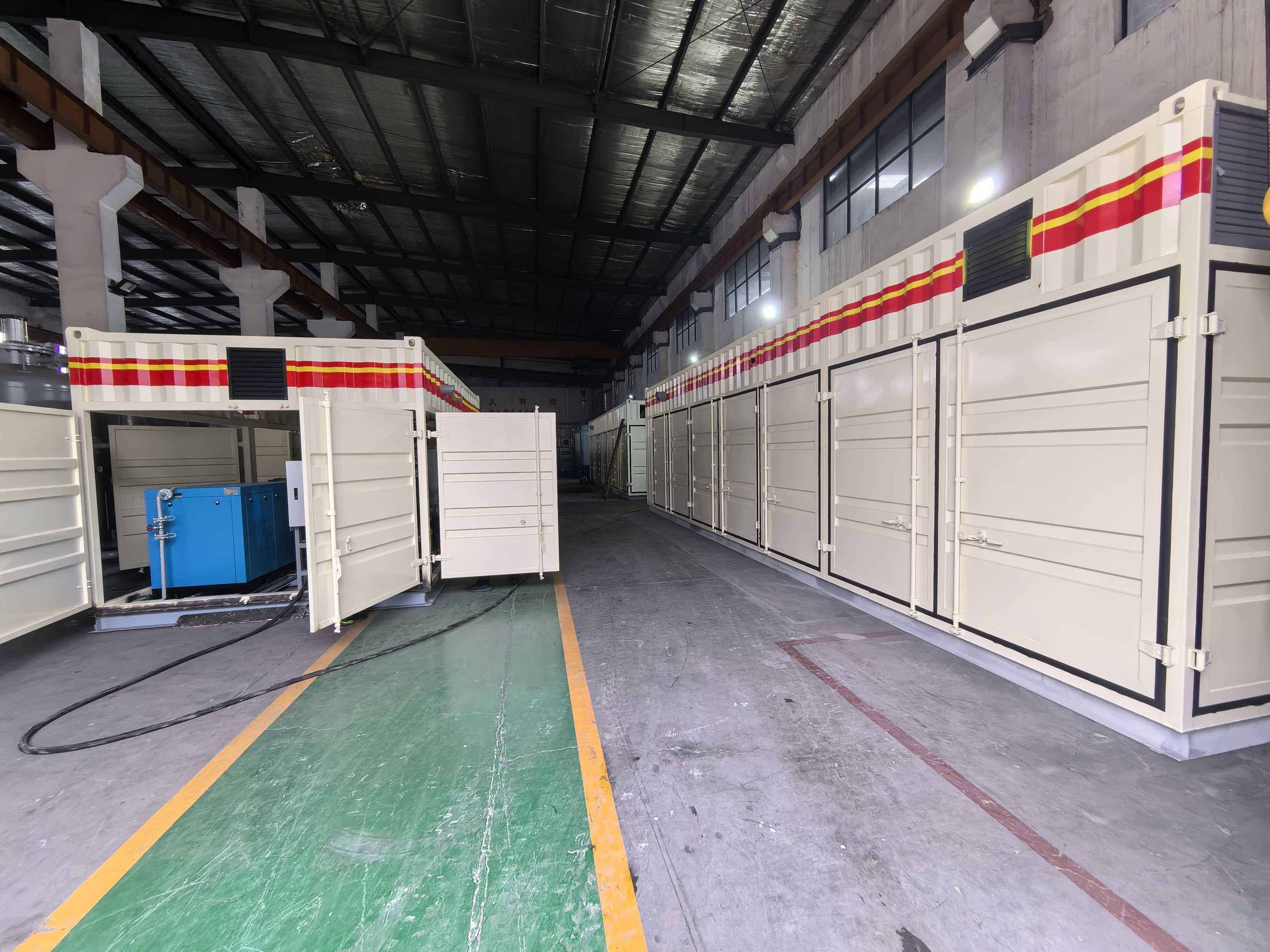Transforming Chemical Manufacturing Economics Through On-Site Nitrogen Generation
The chemical manufacturing sector faces mounting pressure to optimize operational costs while maintaining the highest quality standards. At the heart of this transformation lies an innovative solution that's revolutionizing how facilities manage their nitrogen supply: on-site nitrogen generators. These sophisticated systems are rapidly becoming the cornerstone of cost-efficient chemical production, offering a sustainable alternative to traditional nitrogen procurement methods.
The impact of nitrogen generators in the chemical industry extends far beyond mere cost savings. These systems provide a reliable, continuous supply of high-purity nitrogen while eliminating the logistical complexities and hidden expenses associated with delivered nitrogen. As we delve deeper into this topic, we'll explore how these generators are reshaping the economics of chemical manufacturing.
Understanding the Economics of Nitrogen Generation
Traditional Nitrogen Supply Chain Costs
The conventional approach to nitrogen supply in the chemical industry involves purchasing liquid nitrogen from external suppliers. This method incurs substantial ongoing expenses, including delivery charges, tank rental fees, and potential surcharges during peak demand periods. Additionally, facilities must maintain buffer stocks to prevent production interruptions, leading to increased storage costs and potential product loss through evaporation.
When analyzing the total cost of ownership, many facilities discover that delivered nitrogen expenses can account for up to 40% of their operational budget. These costs are subject to market fluctuations, supplier contracts, and geographical location, making long-term financial planning challenging.
Investment Analysis of On-Site Generation
Implementing nitrogen generators in the chemical industry represents a significant shift in cost structure from variable operational expenses to a fixed capital investment. The initial installation costs are offset by dramatic reductions in ongoing nitrogen supply expenses, often resulting in return on investment within 18-24 months.
Modern nitrogen generators deliver consistent purity levels while consuming minimal energy, making them highly efficient from both operational and financial perspectives. The cost per cubic meter of nitrogen produced on-site can be up to 80% lower than delivered nitrogen, particularly for facilities with high consumption rates.
Operational Benefits Driving Cost Reduction
Production Efficiency Improvements
Nitrogen generators in the chemical industry enable unprecedented control over production processes. With on-demand nitrogen availability, facilities can optimize their operations without concerns about supply limitations or delivery schedules. This reliability translates into improved production planning, reduced downtime, and enhanced product quality.
The ability to fine-tune nitrogen purity levels according to specific application requirements prevents unnecessary energy consumption while ensuring product specifications are consistently met. This precision control contributes to overall operational efficiency and cost optimization.
Maintenance and Reliability Advantages
Modern nitrogen generators are designed for minimal maintenance requirements, featuring robust components and sophisticated monitoring systems. Regular maintenance costs are predictable and significantly lower than the combined expenses of managing delivered nitrogen infrastructure.
The elimination of external storage tanks and complex delivery systems reduces potential points of failure and simplifies facility maintenance schedules. Advanced diagnostic capabilities allow preventive maintenance planning, further reducing operational costs and extending equipment lifespan.
Environmental and Safety Cost Implications
Carbon Footprint Reduction
On-site nitrogen generation substantially reduces the carbon footprint associated with nitrogen supply. The elimination of regular delivery trucks and the energy-intensive processes of liquefaction and transportation results in significant environmental benefits. This reduction in carbon emissions can translate into tangible cost savings through carbon credit programs and improved environmental compliance.
Additionally, facilities utilizing nitrogen generators often experience lower insurance premiums due to reduced environmental risks and improved safety protocols. The combination of environmental benefits and cost advantages makes these systems increasingly attractive to chemical manufacturers focused on sustainable operations.
Safety Protocol Optimization
The implementation of nitrogen generators enhances workplace safety by eliminating the handling of cryogenic liquids and high-pressure cylinders. This reduction in safety risks leads to lower insurance costs and reduced training requirements for personnel. The automated nature of modern generators also minimizes human error in nitrogen handling and distribution.
Safety-related cost savings extend to reduced requirements for specialized safety equipment and simplified emergency response protocols. The controlled environment of on-site generation provides better oversight of nitrogen usage and distribution throughout the facility.
Long-term Strategic Benefits
Scalability and Future Growth
Nitrogen generators offer remarkable flexibility in adapting to changing production demands. The modular nature of these systems allows for easy capacity expansion without the need for major infrastructure changes. This scalability ensures that initial investments remain valuable as facilities grow and evolve.
Strategic planning becomes more straightforward with predictable nitrogen generation costs, enabling more accurate long-term financial forecasting and improved capital allocation decisions. The ability to scale nitrogen production on-demand also provides competitive advantages in responding to market opportunities.
Market Independence and Supply Security
On-site nitrogen generation liberates chemical manufacturers from the volatility of nitrogen market prices and supply chain disruptions. This independence ensures consistent operational costs and eliminates the risk of production delays due to nitrogen delivery issues. The resulting stability in operational expenses contributes to improved financial planning and risk management.
The self-sufficiency achieved through nitrogen generators also strengthens negotiating positions with suppliers of other materials and services, potentially leading to additional cost savings across the supply chain.
Frequently Asked Questions
What is the typical payback period for nitrogen generators in chemical facilities?
The average payback period for nitrogen generators in chemical facilities ranges from 18 to 24 months, depending on current nitrogen consumption levels, local energy costs, and existing supply arrangements. Facilities with higher nitrogen usage typically experience faster return on investment.
How do nitrogen generators affect product quality in chemical manufacturing?
Nitrogen generators provide consistent, high-purity nitrogen that meets or exceeds industry standards for chemical manufacturing. The ability to maintain precise purity levels and pressure requirements ensures consistent product quality and reduces the risk of contamination or process variations.
What maintenance requirements should facilities expect with nitrogen generators?
Modern nitrogen generators require minimal maintenance, typically involving routine filter changes, annual inspections, and periodic sensor calibration. The maintenance schedule is predictable and can be integrated into existing facility maintenance programs, with most systems designed for easy access and service.

